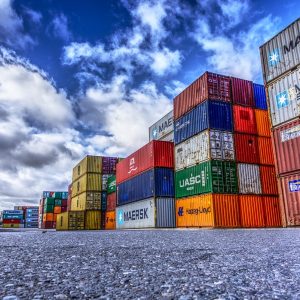The Rada voted for customs clearance of cars in Diia in the first reading
24 April 2024 15:12
The Verkhovna Rada of Ukraine has voted in the first reading for a draft law that will allow customs clearance of cars in Diia. This is reported by the Ministry of Digital Transformation of Ukraine, Komersant ukrainskyi ![]() reports.
reports.
“269 deputies voted in favour.
It is noted that the bill will remove the human factor and corruption from the customs clearance process and make it as transparent and convenient as possible.
“Every year, Ukraine loses $50-150 million due to non-transparent customs clearance of cars. This is because customs officers can now set the customs value of a car at their own discretion, from which the tax is deducted. After the draft law is adopted in its entirety, only the constant characteristics of the car, which cannot be influenced by humans, will be used to calculate the customs clearance price,”
– the statement said.
Information on the cost will be checked against a historical database.
The database will be formed by the Ministry of Digital Transformation on the basis of customs data. The system will include the customs value of new cars that have been cleared for customs in Ukraine since 2007, with details such as make, model, year of manufacture, engine type and capacity. All of this will allow us to automatically calculate the fair customs value for the car.
How car customs clearance will be done at Diia
The entire customs clearance process will be online and will take no more than an hour.
The user will only need to log in to Diia, select the desired service and enter the VIN code, invoice value of the car and additional information about the car. Diia will calculate customs payments based on this data and generate a customs declaration. The user will only need to check it and sign it.
After that, Diia will submit the declaration to the customs office.
The next step is to search for the value of the car according to the specified parameters in the Database and make adjustments in clearly defined cases.
The user then has to pay customs duties, the bank transfers the funds to the customs account, and the car can cross the border.









